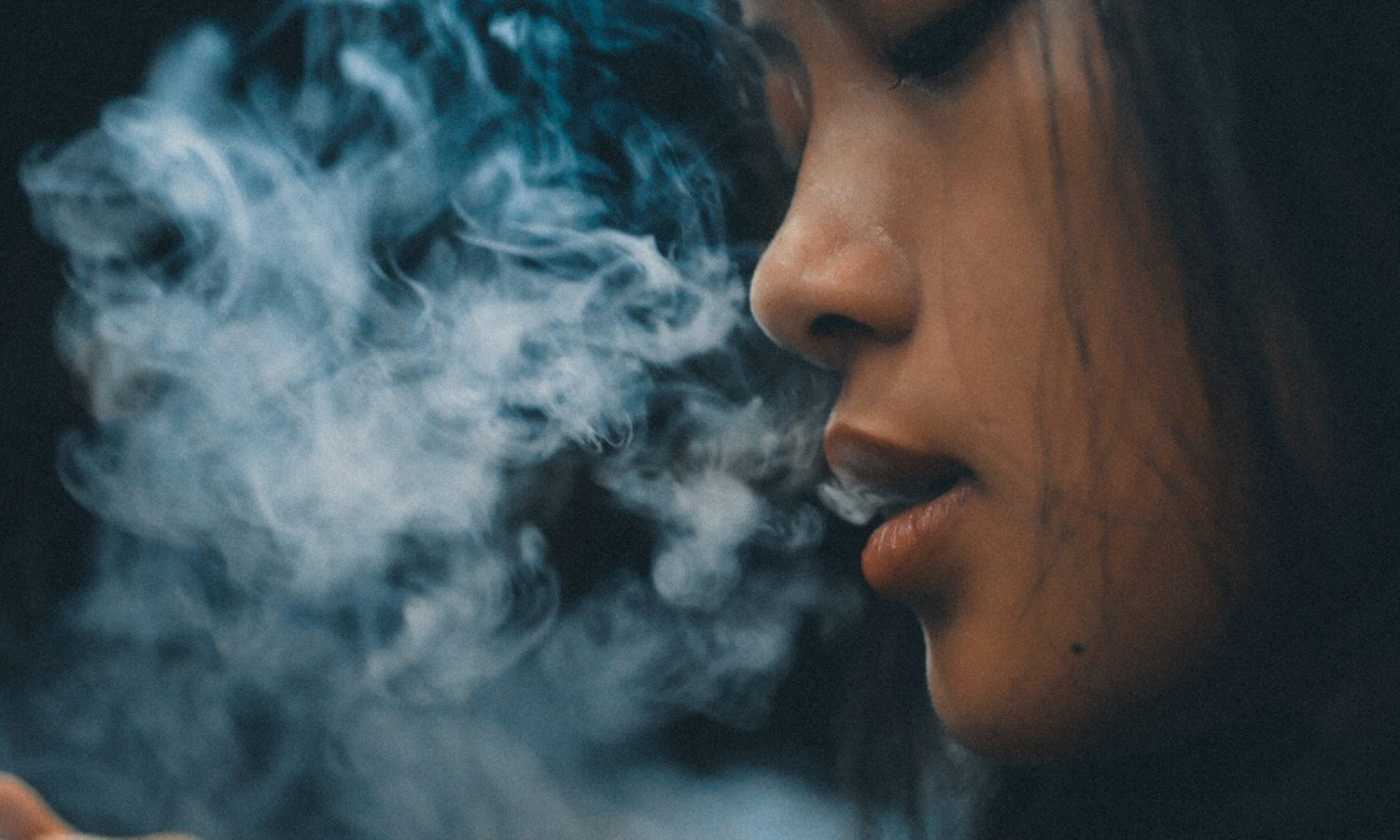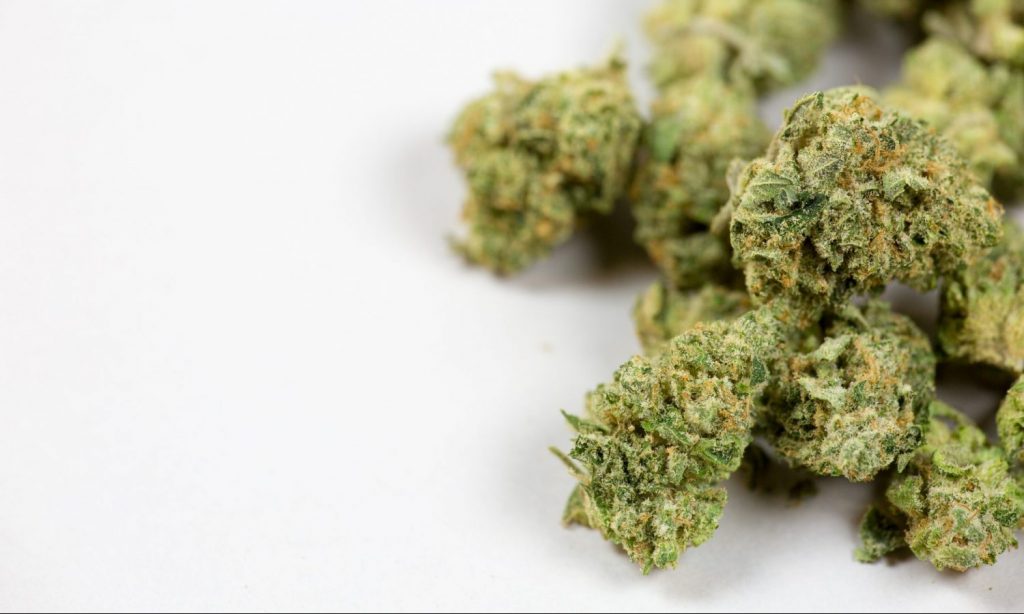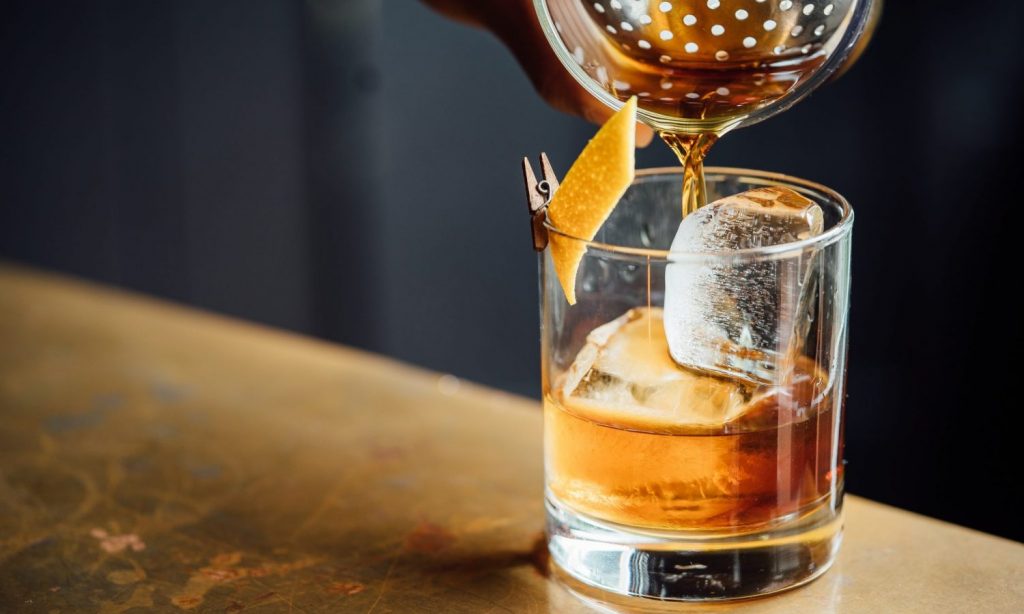
What to Expect when cannabis use lounges become more common
By Andrew Ward
Cannabis use lounges have been kept in check for years, although recently the pro-lounge legislation has been gaining traction in the legal cannabis market.
The tides are already turning in several cities like Ann Arbor, National City, and Las Vegas. New York has added cannabis club licenses to its recently passed adult legalization law.
While uncertainty about the regulations and projected revenues persists, many appear to be optimistic.
Photo by LordHenriVoton / Getty Images
What led to the uptick?
Cannabis operators in the US say consumption lounges are the result of a mature market and increased demand.
Tim Wright is CEO of Shasta management, which plans to open the largest U.S. consumer lounge in Imperial County, California by the end of May. He attributes the most to the public.
“Just like in bars and restaurants, people want to be able to connect with friends while using cannabis,” Wright said.
David Farris, VP of Sales and Marketing for Planet 13 Holdings Inc. (OTC: PLNHF) said the continued legalization of marijuana is leading to a development in the market. “Done right, consumer lounges can be beneficial not only to the public but also to the treasury at all levels, creating jobs and additional tax revenue,” Farris said. Farris accused Las Vegas of engaging in the emerging sector, noting that the city needed tourist consumption space.
RELATED: Marijuana Social Clubs Are the Final Big Step in Legalization
Harold Sims, Denver Chef and winner of Netflix Inc.‘s (NASDAQ: NFLX) “Cooked With Cannabis” highlighted the need for consumption lounges as legalization gains momentum. He found that 17 states have legalized adult cannabis, although most continue to prohibit use in public or rented spaces.

“This is where cannabis lounges found their market,” said Sims.
He pointed out that lounges could offer multiple benefits, such as providing a place for people to consume while reducing resistance to public consumption and the smells that come with it.
“Eventually, it will boost the economy of the surrounding community,” added Sims.
Uncertain market performance supported by expected opportunities
Shasta Management’s COO Mai Vue said the company isn’t expecting profits straight away, although it is meanwhile focusing on creating an enhanced consumer experience for guests.
“It’s important that we provide our customers with a safe, comfortable and – in the desert – cool place to enjoy their products and try new ones,” said Mai Vue.
For many in New York’s entertainment world, opportunity in the Big Apple’s hospitality sector is abundant when the law allows it.

What about alcohol
Although cannabis consumption rooms are often compared to bars, one might wonder if lawmakers will ever allow the two to work coherently. Early signs suggest it isn’t.
In 2019, California officials required Lowell Cafe and seven other licensees to divide their businesses into a restaurant and cannabis retail section to comply with regulations. According to California law, cannabis lounges are not allowed to sell food or drink.
Meanwhile, Chef Sims is optimistic. He says Las Vegas will be a major beneficiary when cannabis consumption rooms take off. He pointed to Sin City’s bars, nightlife and smoking bans (restricted to non-hospitality jobs) as selling points.
This article originally appeared on Benzinga and was republished with permission.

Post a comment: